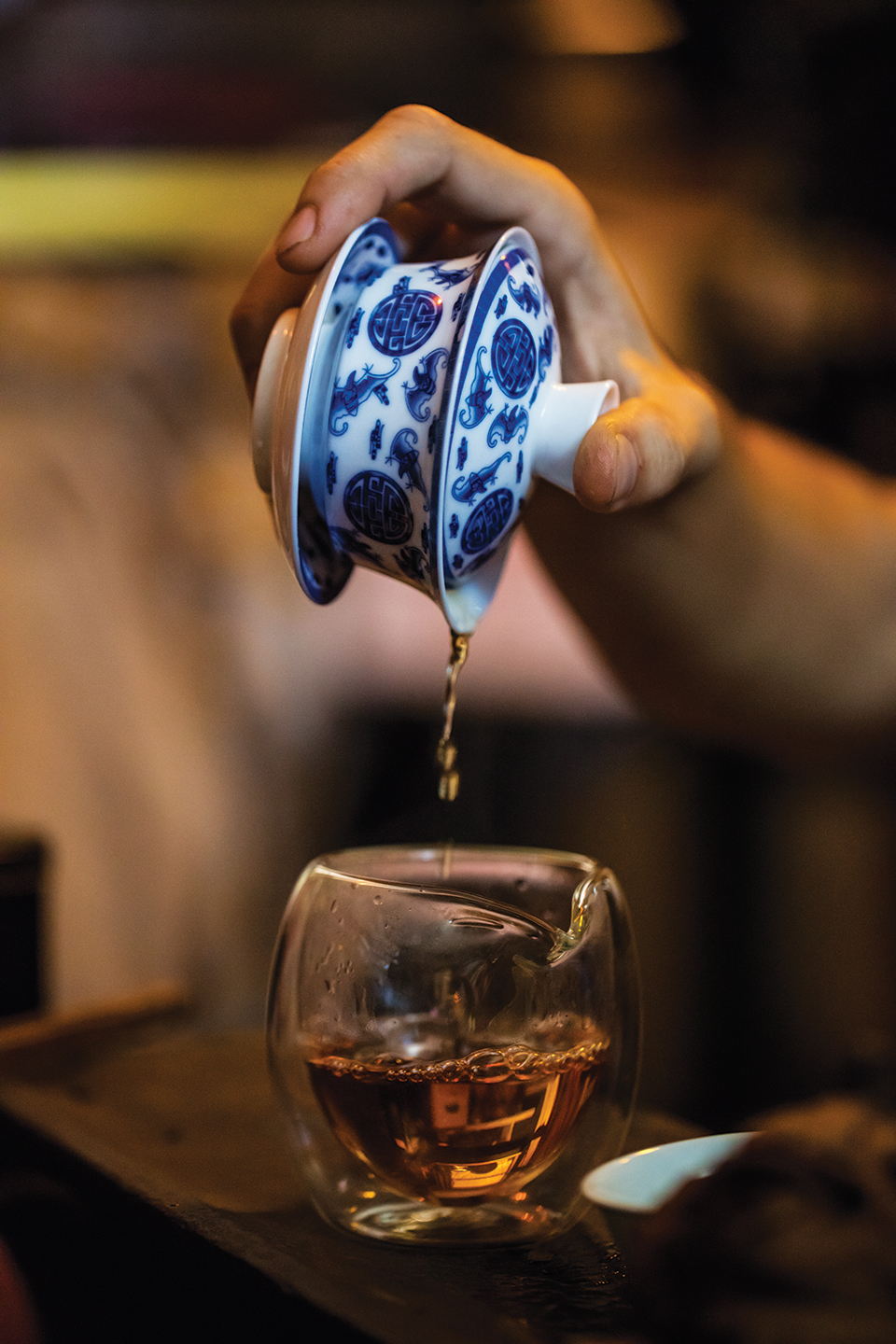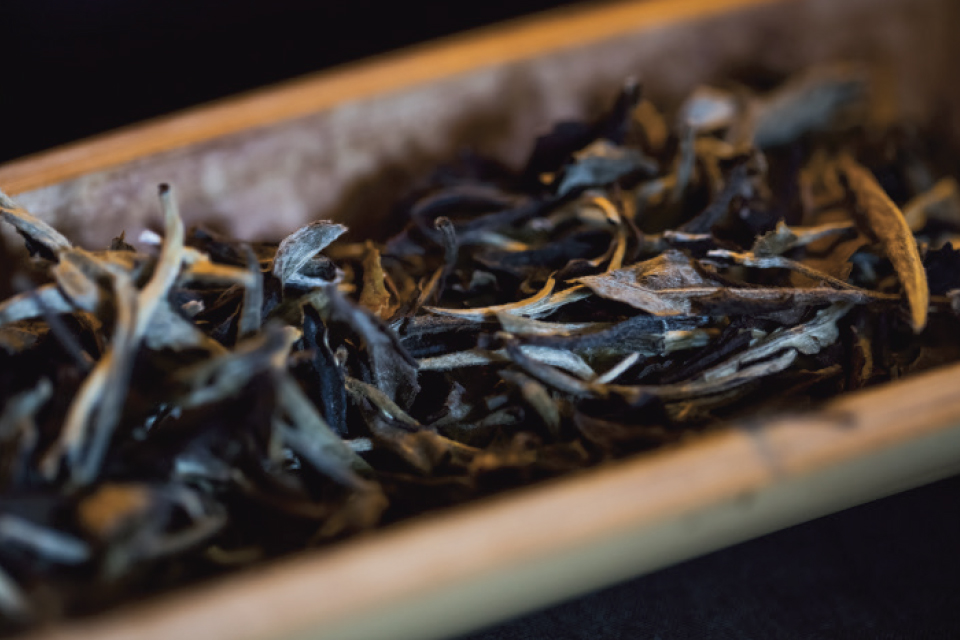Tea Party

When you propose a meetup with someone–whether it’s an interview, first date, or catching up with an old friend–what do you suggest? It’s typically narrowed down to coffee or alcohol. Coffee shops have the ambience perfect for morning or daytime congregations, while bars are popular for evening and late night encounters. And wine and beer are ideal offerings for home hangouts.
However, too much espresso will have your heart ready to bust out of your chest, and too much booze will guarantee a debilitating hangover (at the very least). The alternative: tea.
Drinks and social interaction are deeply entwined in the human psyche, and the Chinese have long honored this dynamic with gong fu cha.
Gong fu cha is the art of steeping tea with skill and attention. Although it has qualities of a ceremonial performance, gong fu cha is a discipline. The gestures and interaction with the tea look ritualistic, but everything has a distinct purpose. There is symbolism in the process, but it’s secondary to the practical purpose of making tea well.
“In Chinese tea culture, the emphasis is less on how the tea tastes and smells and more on the way it makes you feel. The energy of the tea—they call it the chi,” explains So Ha Fan, owner of West China Tea Company. He hosts nightly tastings at The Tea Spot, a cozy 200-square-foot hideaway nestled behind Spider House.
More tea please…keep reading!

From the moment the tea leaves are picked, they are handled with utmost care to prevent breakage. In gong fu cha, the act of brewing fresh, quality tea helps the effect of the chi. Consumption isn’t backed by the intention to quench your thirst; you’re drinking it to feel something. In that respect, it’s still not so different from coffee and alcohol. While many people have an appreciation for different flavor notes in varying roasts or a smooth bourbon, there are others who drink it to feel more alert or more relaxed, respectively.
The best teas, according to Fan, are aged. Centuries ago, Chinese tea would travel on a trade route called Old Tea Horse Road. Tea from China would go from central Asia and naturally ferment on the way. Buyers grew to prefer the aged tea, which led to a new tea culture that still exists today. “Aged tea has better chi,” notes Fan. West China Tea Company’s oldest tea is from 1964 and sells for $300 per ounce.
Unlike the tea culture Americans are used to–with tea bags steeped for three to five minutes in a cup of boiling water–gong fu cha has a completely different process. Many more leaves are used, with a small amount of water. Abandon the table manners ingrained from your youth and get comfortable: Sit cross-legged, as you partake in gong fu cha. It’s also polite to slurp your tea, to aerate it and cool it down. Rather than drinking from a mug, tea is served in one ounce teacups for each person. The art and science behind this Chinese practice is finding a balance to pull out the strongest extraction without the tea being too strong, says Fan. Steeping time, water temperature, and dosage factor into yielding the best results that highlight all aspects of the tea.
At The Tea Spot, Fan is engaging within this casual atmosphere. It’s not uncommon for hours to pass in a flash during gong fu cha as you chat with Fan and other tasters about everything from sacred texts, dreams, race, and of course, tea. And in the midst of authentic connection, tea flows just as smoothly as the conversation.






